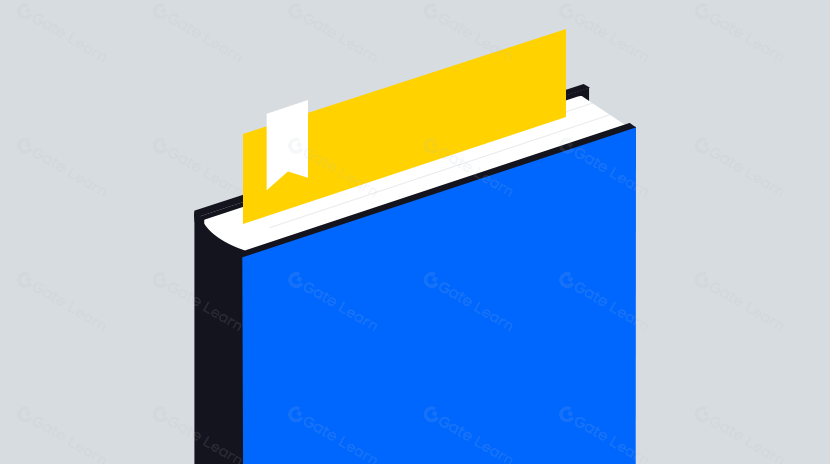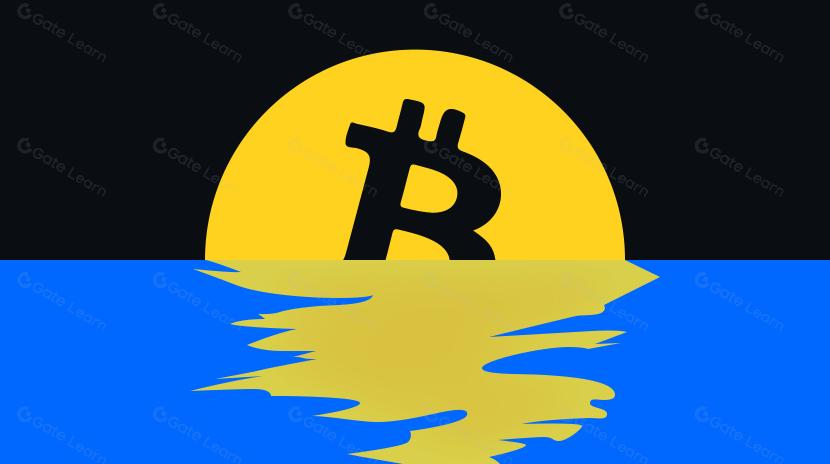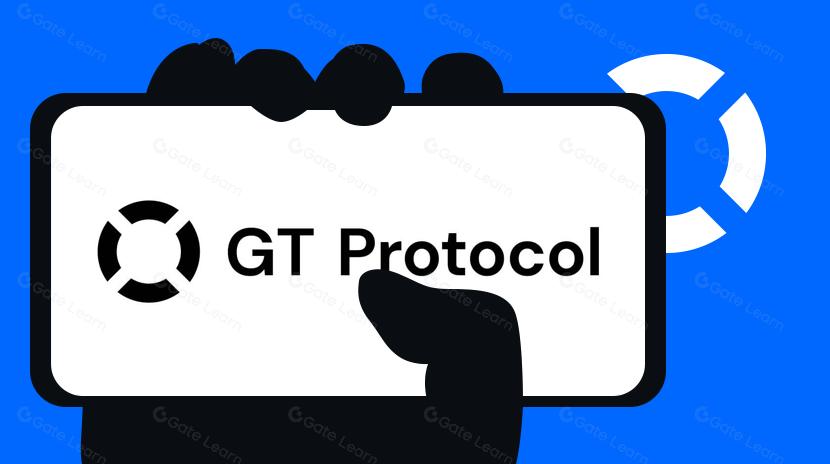Reflexão sobre o Declínio dos Agentes de IA da Web3: Será que Manus + MCP é a Última Palha?
TL;DR

Abaixo estão os meus pensamentos pessoais:
1) MCP (Model Context Protocol) é um protocolo padronizado de código aberto projetado para permitir conexões perfeitas entre vários LLMs de IA (Modelos de Linguagem Grandes) e Agentes com diversas fontes de dados e ferramentas. Pense nele como uma interface USB "universal" plug-and-play, substituindo os antigos métodos de embalagem "específicos" e rígidos de ponta a ponta.
Em termos simples, têm existido claros silos de dados entre aplicações de IA. Para interoperação entre Agentes/LLMs, cada um precisava desenvolver as suas próprias interfaces de API. Isso tornou o processo complexo e faltava capacidades de interação bidirecional. Além disso, esses modelos frequentemente tinham acesso e permissões limitados.
A chegada do MCP fornece um quadro unificado, permitindo que as aplicações de IA se libertem dos silos de dados do passado e acessem dinamicamente dados e ferramentas externas. Isso reduz drasticamente a complexidade do desenvolvimento e melhora a eficiência da integração, especialmente na automação de tarefas, consulta de dados em tempo real e colaboração entre plataformas. Assim que mencionei isso, muitos imediatamente pensaram: se Manus, uma inovação na colaboração multi-agente, integrar o MCP - um quadro projetado para impulsionar essa colaboração - não seria imparável?
De facto, Manus + MCP é o fator-chave por trás da atual perturbação no espaço de Agentes de IA Web3.
No entanto, o que é verdadeiramente perplexo é que tanto o Manus quanto o MCP são estruturas e normas de protocolo projetadas para o LLM/Agente web2, resolvendo questões relacionadas com a interação de dados e colaboração entre servidores centralizados. As suas permissões e controlo de acesso ainda dependem da abertura “ativa” de cada nó do servidor. Em outras palavras, eles funcionam mais como atributos de ferramentas de código aberto do que abraçando totalmente os princípios descentralizados.
Por direito, isso vai contra os valores centrais do Agente de IA web3, como “servidores distribuídos, colaboração distribuída e incentivos distribuídos.” Como poderia um canhão italiano centralizado derrubar uma fortaleza descentralizada?
A questão decorre do facto de, nas suas fases iniciais, o Agente web3 AI ter sido demasiado 'centrado na web2.' Muitas das equipas envolvidas têm origem numa base web2 e carecem de uma compreensão profunda das necessidades nativas da web3. Tome o framework ElizaOS, por exemplo—originalmente criado para ajudar os programadores a implementar rapidamente aplicações do Agente de IA. Integrava plataformas como o Twitter e o Discord, bem como APIs como o OpenAI, Claude e DeepSeek, fornecendo frameworks para memória e desenvolvimento de personagens para ajudar a acelerar a implementação do Agente de IA. Mas, quando escrutinado, como é que este framework de serviço difere das ferramentas open-source web2? Que vantagens únicas oferece?
O suposto benefício reside no seu sistema de incentivo tokenomics. Mas essencialmente, é um framework que poderia facilmente ser substituído pelo web2, impulsionando Agentes de IA que estão principalmente focados em emitir novas moedas. Isso é preocupante. Se seguir esta lógica, entenderá por que Manus + MCP podem perturbar os Agentes de IA do web3: muitos frameworks existentes de Agentes de IA web3 simplesmente replicam as necessidades de desenvolvimento e aplicação rápidos dos Agentes de IA web2 sem avançar nos serviços técnicos, padrões ou diferenciação. Como resultado, o mercado e o capital reavaliaram e recalibraram os Agentes de IA do web3 anteriores.
3) Agora, tendo identificado o cerne do problema, o que pode ser feito para resolvê-lo? A resposta é simples: focar na criação de soluções verdadeiramente nativas da web3. A vantagem única da web3 reside nos seus sistemas distribuídos e estruturas de incentivo.
Considere plataformas de serviços de computação em nuvem distribuída, dados e algoritmos. Embora à primeira vista possa parecer que a agregação de recursos inativos para fornecer potência computacional e dados não satisfará as necessidades imediatas de inovação em engenharia, a realidade é que, à medida que muitos AI LLMs entram numa corrida de desempenho, a ideia de oferecer 'recursos inativos a baixo custo' torna-se um modelo de serviço atrativo. Inicialmente, os desenvolvedores web2 e os VCs podem ignorar isso, mas à medida que a inovação do Agente de IA web2 avança para além do desempenho e entra na expansão de aplicativos verticais, ajuste fino e otimização de modelos, as vantagens dos recursos de IA web3 ficarão claras.
Na verdade, uma vez que a IA web2 atingiu o topo através de monopólios de recursos, será cada vez mais difícil reverter e usar uma estratégia de "rural-cerca-cidade" para lidar com aplicações segmentadas e de nicho. É nesse momento que uma abundância de desenvolvedores de IA web2, combinados com recursos de IA web3, impulsionarão verdadeiramente o progresso.
Assim, a oportunidade para os Agentes de IA web3 é clara: antes que a plataforma de recursos de IA web3 seja inundada por desenvolvedores web2 em busca de soluções, precisamos nos concentrar no desenvolvimento de um conjunto de soluções viáveis e nativas da web3. Além do rápido desenvolvimento no estilo web2, da colaboração multiagente e de modelos de moeda baseados em tokenomics, existem inúmeras direções inovadoras nativas da web3 para os Agentes de IA web3 que valem a pena explorar:
Por exemplo, seria necessário um quadro de colaboração de consenso distribuído, considerando as características da computação off-chain do modelo grande LLM e armazenamento de estado on-chain. Isso requer muitos componentes adaptáveis:
Um sistema descentralizado de verificação de identidade DID: Isso permitiria que agentes tivessem identidades verificáveis na cadeia, semelhante à geração de um endereço único para um contrato inteligente por uma máquina virtual em execução. Este sistema é principalmente usado para o rastreamento contínuo e registro de estados subsequentes;
Um Sistema de Oráculo Descentralizado: Este sistema é responsável pela aquisição confiável e verificação de dados fora da cadeia. Ao contrário dos Oráculos tradicionais, este sistema adaptado a Agentes de IA pode exigir uma arquitetura combinada, incluindo camadas de coleta de dados, camadas de consenso de decisão e camadas de feedback de execução. Isso garante que os dados necessários pelo agente na cadeia, e cálculos e decisões fora da cadeia, possam ser acessados em tempo real;
Um Sistema de Armazenamento Descentralizado DA: Como o estado da base de conhecimento durante a operação de um Agente de IA é incerto, e os processos de raciocínio tendem a ser temporários, é necessário registar a biblioteca de estados-chave e os caminhos de raciocínio por trás do LLM. Estes devem ser armazenados num sistema de armazenamento distribuído com um mecanismo de prova de dados controlado por custos para garantir a disponibilidade de dados durante a verificação da cadeia pública;
Uma Camada de Computação de Privacidade de Prova de Conhecimento Zero (ZKP): Isto pode integrar-se com soluções de computação de privacidade como TEE (Ambiente de Execução Confiável) e FHE (Criptografia Homomórfica Total), permitindo a computação de privacidade em tempo real e verificação de prova de dados. Isto permite que os Agentes acedam a uma gama mais ampla de fontes de dados verticais (por exemplo, médicos, financeiros), levando ao surgimento de Agentes de serviço mais especializados e personalizados;
Um Protocolo de Interoperabilidade entre Cadeias: Isso se assemelharia ao framework definido pelo protocolo de código aberto MCP. No entanto, essa solução de interoperabilidade requer mecanismos de retransmissão e agendamento de comunicação que se adaptem às operações do Agente, transmissão e verificação. Ele garante transferências de ativos e sincronização de status em diferentes cadeias, especialmente para estados complexos, como contexto do Agente, Prompts, base de conhecimento, Memória, etc.
……
Na minha opinião, o desafio central para os Agentes de IA da Web3 é alinhar os 'fluxos complexos' dos Agentes de IA com o 'fluxo de verificação de confiança' da blockchain o mais próximo possível. Estas soluções incrementais poderiam surgir a partir da atualização de projetos existentes ou serem reimaginadas dentro de novos projetos na narrativa do Agente de IA.
Esta é a direção que os Agentes de IA da Web3 devem seguir para se desenvolver, alinhando-se com o ecossistema inovador fundamental sob a narrativa macro de IA + Cripto. Se não houver inovação ou estabelecimento de barreiras competitivas diferenciadas, cada mudança na trajetória de IA da Web2 poderia perturbar a paisagem de IA da Web3.
Aviso legal:
- Este artigo é reproduzido a partir de [ Substack do Haotian-CryptoInsight], os direitos de autor pertencem ao autor original [@haotiancryptoinsight]. Se tiver alguma objeção à reimpressão, entre em contato Gate Learnequipa, a equipa irá tratar disso o mais rapidamente possível de acordo com os procedimentos relevantes.
- Aviso Legal: As opiniões expressas neste artigo representam apenas as opiniões pessoais do autor e não constituem qualquer conselho de investimento.
- Outras versões do artigo em outras línguas são traduzidas pela equipa Gate Learn e não são mencionadas em Gate.io, o artigo traduzido não pode ser reproduzido, distribuído ou plagiado.
Artigos relacionados

O que são Narrativas Cripto? Principais Narrativas para 2025 (ATUALIZADO)

Explorando o Smart Agent Hub: Sonic SVM e seu Framework de Escalonamento HyperGrid

Como os Agentes de IA Impulsionarão a Cripto no Mercado Principal

Qual plataforma constrói os melhores agentes de IA? Testamos o ChatGPT, Claude, Gemini e outros

Visão geral das 10 melhores moedas MEME de IA
